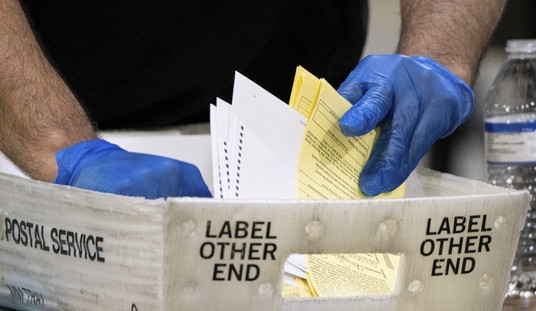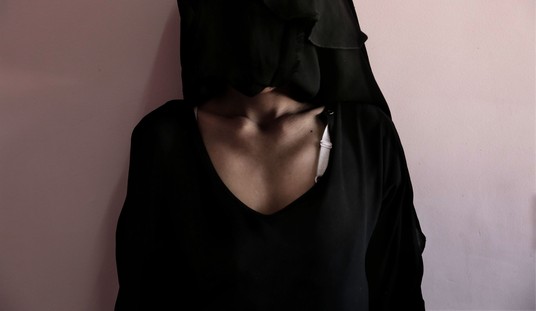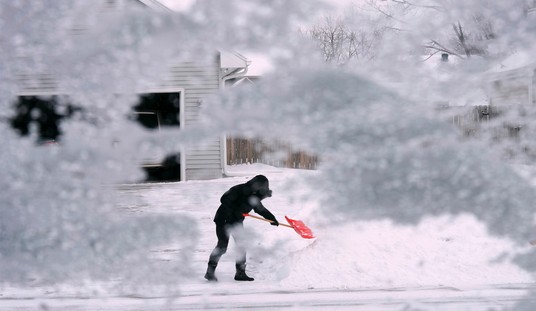Suddenly, “A Charlie Brown Thanksgiving,” a favorite American holiday classic, has been deemed racist. In the “offensive” scene, Charlie Brown is hosting a Thanksgiving dinner for his friends in his backyard. Franklin, the series’ only black character, is seated by himself on one side of the table, while four are seated on the other side, with two others at the head and the foot of the table. Franklin is sitting on a lawn chair while the others are sitting in what look to be kitchen chairs.
To his credit, journalist Jeremy Helligar, who is black, responded to the uproar in a post on Medium. Helligar said, “Franklin’s placement in other “Peanuts” specials appeared more inclusive…A relevant aside: During the farewell dinner about one hour and five minutes into 1972’s ‘Snoopy Come Home,’ Franklin was seated on the same side of the table as Charlie Brown, Lucy, and Frieda — in a regular chair.”
What a tremendous relief.
Below are several tweets from angry SJWs:
‘Charlie Brown Thanksgiving’ Viewers Upset by "Racist" Scenehttps://t.co/haWko1tsj0 pic.twitter.com/vPpmPBcZa8
— ComicBook.com (@ComicBook) November 22, 2018
https://twitter.com/Asharp52/status/1065418497977667584
Let’s talk about Franklin. Dude gets invited to Charlie Brown’s by Peppermint Patty. Then he finds out that it wasn’t a real invite, a dog is cooking the food and he’s gotta sit by himself at dinner. That’s Get Out. #CharlieBrownThanksgiving
— Terry Sick and Tired Brown™️ (@TBrown_80) November 22, 2018
Am I woke now, why is Franklin in Charlie Brown Thanksgiving sitting all by himself at the table. Man. Things that I did not notice as a child.
— Yessam (@cmass4eva) November 22, 2018
“Racism” seems to be lurking everywhere lately.
This summer, the Association for Library Service to Children changed the name of their annual book award from “The Laura Ingalls Wilder Award” to “The Children’s Literature Legacy Award.” Wilder’s books, which many of us grew up reading, are now considered racist due to their negative portrayal of Indians. Wilder was born in 1867 and spent her childhood in a “settler and pioneer family.” Her most famous series, Little House on the Prairie, was based on her childhood experiences. In the late 1800’s and early 1900’s, Indians posed a problem for the pioneers.
Last year, a Massachusetts school librarian rejected a donation of Dr. Seuss books from First Lady Melania Trump explaining that his books were racist. One in particular, “And To Think That I Saw It on Mulberry Street,” which features “a young boy who concocts an elaborate story about what he sees while on a walk, included an illustration of an Asian male running while carrying a bowl of rice and chopsticks while dressed in a silk robe, coolie hat and platform sandals.” This book was written in 1937 and at that time, this was a familiar scene on Mulberry Street.
After the librarian rejected Melania’s donation, three writers complained to the Dr. Seuss Museum, located in Springfield, MA, saying they were offended by one of their murals which depicted this Asian man. They threatened to boycott an upcoming museum event unless the mural which they referred to as a “jarring racial stereotype” was removed. Come on.
Dr. Seuss has been a children’s favorite for generations. Even Michele Obama has been photographed reading a Dr. Seuss book to a group of children.
When questioned about this episode, Melania Trump said “the librarian turned Dr. Seuss into something divisive.”
Several actresses recently banned “Cinderella” in their homes because it’s “sexist.” They don’t want their daughters to be exposed to a woman who sits home and waits for a handsome Prince to rescue her.
Laura Ingalls Wilder’s books are based on the struggles that pioneer families endured in the 1870’s and 80’s. Indians were a reality and the settlers perceived them as a threat. Dr. Seuss’ “Mulberry Street” was written in 1937 when it was common to see Asians dressed in ethnic clothing.
So, what do SJWs suggest we do now? Should we rewrite history? Or just toss all of our treasured children’s books into a dumpster?
I have a better idea. Maybe we should simply describe the historical backdrop of these books to our children before they read them.
When I have grandchildren one day, I plan to watch “Charlie Brown” and “Cinderella” with them. I will read Dr. Seuss books to them as well. And when they’re ready to read on their own, one of the first books I will introduce them to will be “The Little House on The Prairie.”













Join the conversation as a VIP Member